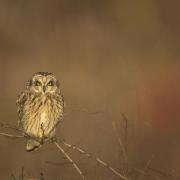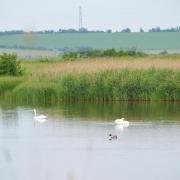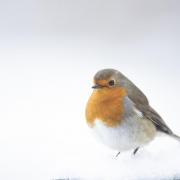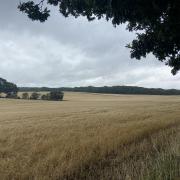Forever associated with Halloween, horror films and blood-sucking vampires, bats are among our most feared yet least understood animals. But the truth is very far from the myths and these remarkable creatures are, in fact, a miracle of evolution.
The individual bones that make up a bat’s skeleton correspond exactly with those in the human skeleton, the only differences being in size. The bones in a bat’s wings are therefore the same as those which form our own arms and hands, and while over vast swathes of time natural selection has given us opposable thumbs and the precision grip, in bats it has moulded and stretched these bones into wings capable of unaided flight – something we humans can only dream of. In addition to this, and although they are by no means blind, bats can get around purely by echolocation, a natural sonar which constructs a detailed map of their surroundings enabling them to catch prey on the wing and even pluck spiders from their webs with pinpoint accuracy.
Far from being the preserve of experts, we can all get out there and watch bats, with late summer and early autumn being a good time to catch up with them before they get their heads down for the winter. One of the best ways of doing this is to attend a bat evening run by Essex Wildlife Trust, which is exactly what I have done for the past few years at the Langdon Nature Reserve.
As dusk falls, pipistrelle bats are usually the first to be seen, flying manically in tight arcs right over the heads of enthusiastic onlookers. Far from being nightmarish bloodsuckers, these tiny creatures, which feed on insects, weigh less than a £1 coin and are smaller than a mouse. With the aid of a bat detector, you can actually hear them catching insects in flight, which, rather curiously, sounds like somebody blowing a raspberry.
Down by the lake, with torch beams trained, you should be able to catch a glimpse of the slightly larger daubenton’s bat. In direct contrast to pipistrelles, daubenton’s bats will fly low and in a straight line, even picking insects off the water’s surface – it’s not for nothing that this species are also known as water bats. And up in the woods, you may encounter the noctule bat, one of the largest species in the UK, as it emerges to hunt, twisting and diving after prey amid the treetops.
But the nocturnal realm does not belong exclusively to bats. As well as the spine-tingling shriek of prowling red foxes, tawny owls can often be heard – both the piercing ‘keewick’ of the female and the corresponding hoot of the male which, when combined, gives the traditional ‘tuwit tuwoo’. And who knows, you might even be lucky enough to glimpse one of these alluring and seldom-seen birds as they wake from their daytime slumber, silently winging their way through the darkness to claim the night.
In profile
Andrew Fallan is the author of Winging it – Birding for low-flyers, published by Brambleby Books, and is currently living in Southend. You can read more from Andrew in Essex Life as he explores our more spectacular species and the wilder locations of Essex as part of a new regular feature.


























